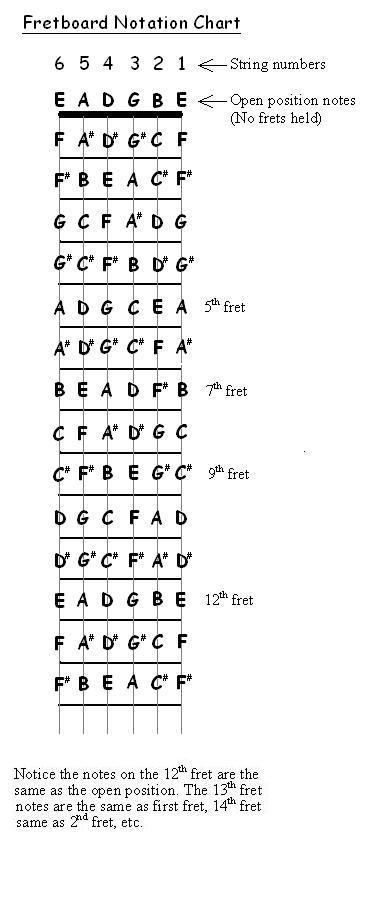The black keys on a piano are named after their nearest white-key neighbor with a corresponding sharp or flat. For example, the black key between C and D is either C-sharp or D-flat. As a general rule the black keys are sharp if the music is ascending (moving up), such as from C to C-sharp. If it is descending (moving down), we call the black key a flat, such as moving down from D to D-flat.
Half Step: Moving from one pitch to the next pitch (up or down) is a half-step.
Think of the chromatic scale as a ladder. (The Latin origin of “scale” means “ladder.”) When you climb a ladder, you usually go one step at a time. It makes sense, then, to think that when you move from one pitch to the next up or down the chromatic scale, you are moving by step, which is true, but there’s a quirk:
Each step up or down the chromatic scale is a a half-step.
On the piano, it doesn’t matter whether the key is white or black; moving from one key to the next is a half-step. For example, when you move from C to C-sharp you are moving up a half-step; C-sharp to D is up a half-step. D to D-flat is down a half-step, and so on. There are no black keys between B and C, and E and F. Because they are next to each other, B to C is a half-step, and E to F is a half-step. This diagram shows some examples of half-steps:
Whole Step: Two half-steps equal one whole-step.
It takes two pitches to equal a whole step. To move up or down a whole-step on the piano, you have to skip a key. Again, it doesn’t matter whether the key is black or white. Let’s say you’re starting on B and you want to move up a whole step. You skip the C and go to the next key, C-sharp.
Accidentals: Sharps and flats in music notation are called accidentals. They indicate that the notated pitch should be raised or lowered a half-step.
Here are some things to know about accidentals:
- The accidental always goes before the note that it’s changing
- The accidental always goes on the same line or space of the note that it is changing.
- The accidental only affects the note at the octave where it is indicated. For example, the D-sharp above raises D4 a half-step. If there were a D5 in that same measure (before the vertical line through the staff), the D5 would not be a D-sharp.
- The accidental lasts for the entire measure (until the vertical line through the staff). If there were more than one D4 in the example after the accidental, they would all be D-sharps.
- An accidental may be canceled at any time with the natural symbol (see table below).
Sharps and flats aren’t the only accidentals. The table below shows the most common accidentals used in music notation:






No comments:
Post a Comment